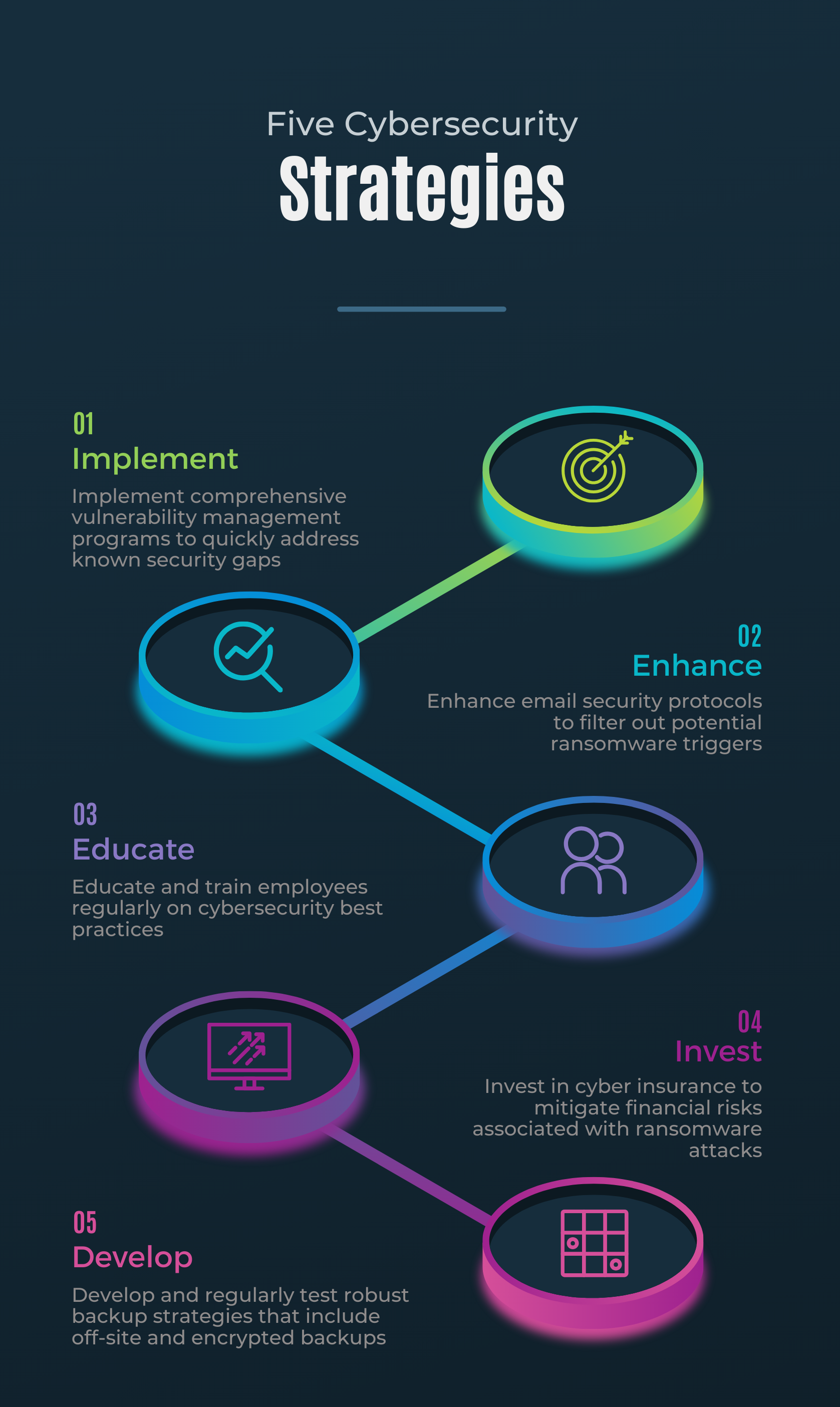In the ever-evolving landscape of cyber threats, ransomware continues to pose a significant challenge for organizations worldwide. Sophos’ “The State of Ransomware 2024” report highlights a staggering 500% increase in average ransom payments over the past year, signaling a more aggressive approach by cybercriminals. This blog explores the latest trends and offers crucial cybersecurity strategies to protect against ransomware attacks.
1. Understanding the Current Ransomware Landscape
According to recent data, the average ransom payment has escalated to $2 million per incident, a fivefold increase from the previous year. Despite a decrease in the frequency of attacks, the financial stakes have never been higher. With 63% of ransom demands now exceeding $1 million, and a third demanding over $5 million, it’s clear that ransomware operators are targeting richer payoffs from their victims.
2. The Decrease in Attack Frequency
Interestingly, while the ransom amounts have surged, the rate of organizations hit by ransomware dropped from 66% to 59%. This could indicate that ransomware gangs are opting for a ‘quality over quantity’ approach, targeting more lucrative or vulnerable entities rather than casting a wider net.
3. Funding Ransom Payments
The Sophos report sheds light on how affected organizations are managing the financial burden of ransom demands. Notably, 40% of ransom payments are funded directly by the victim organizations, with significant contributions from insurance providers, who are involved in 83% of cases, underlining the critical role of cyber insurance in response strategies.
4. The Challenge of Securing Backups
A concerning trend is the successful targeting of backups by cybercriminals, with 57% of such attempts succeeding last year. The compromise of backups can significantly hinder recovery efforts, doubling the average ransom demand faced by affected organizations.
5. Key Attack Vectors
Exploited vulnerabilities remain the most common entry point for ransomware, followed by compromised credentials, malicious emails, and phishing attacks. Organizations must prioritize patch management, employ robust authentication processes, and educate employees about the dangers of phishing.
6. Cybersecurity Strategies for 2024
To combat the growing threat of ransomware, organizations should:
- Implement comprehensive vulnerability management programs to quickly address known security gaps
- Enhance email security protocols to filter out potential ransomware triggers
- Educate and train employees regularly on cybersecurity best practices
- Invest in cyber insurance to mitigate financial risks associated with ransomware attacks
- Develop and regularly test robust backup strategies that include off-site and encrypted backups

The rise in ransomware threats demands a proactive and informed approach to cybersecurity. By understanding the trends outlined in the latest Sophos report and implementing strategic defenses, organizations can better protect themselves against the costly consequences of ransomware attacks.
Stay ahead of cyber threats with our expert cybersecurity services. Contact us today to learn how we can help safeguard your organization from ransomware and other digital dangers.







 Smoke testing is a term used to describe the testing process for servers after patches are applied.
Smoke testing is a term used to describe the testing process for servers after patches are applied.  This is a basic cost calculator for you to compute your typical monthly cost for patching your servers, PCs, laptops, tablets and associated application software. It also forms the basis for you to begin calculating your Return on Investment for software patching, or for comparison with alternatives to the manual process of patching operating systems and application software—such as Patch Management as a Service, also known as Vulnerability Management as a Service.
This is a basic cost calculator for you to compute your typical monthly cost for patching your servers, PCs, laptops, tablets and associated application software. It also forms the basis for you to begin calculating your Return on Investment for software patching, or for comparison with alternatives to the manual process of patching operating systems and application software—such as Patch Management as a Service, also known as Vulnerability Management as a Service.